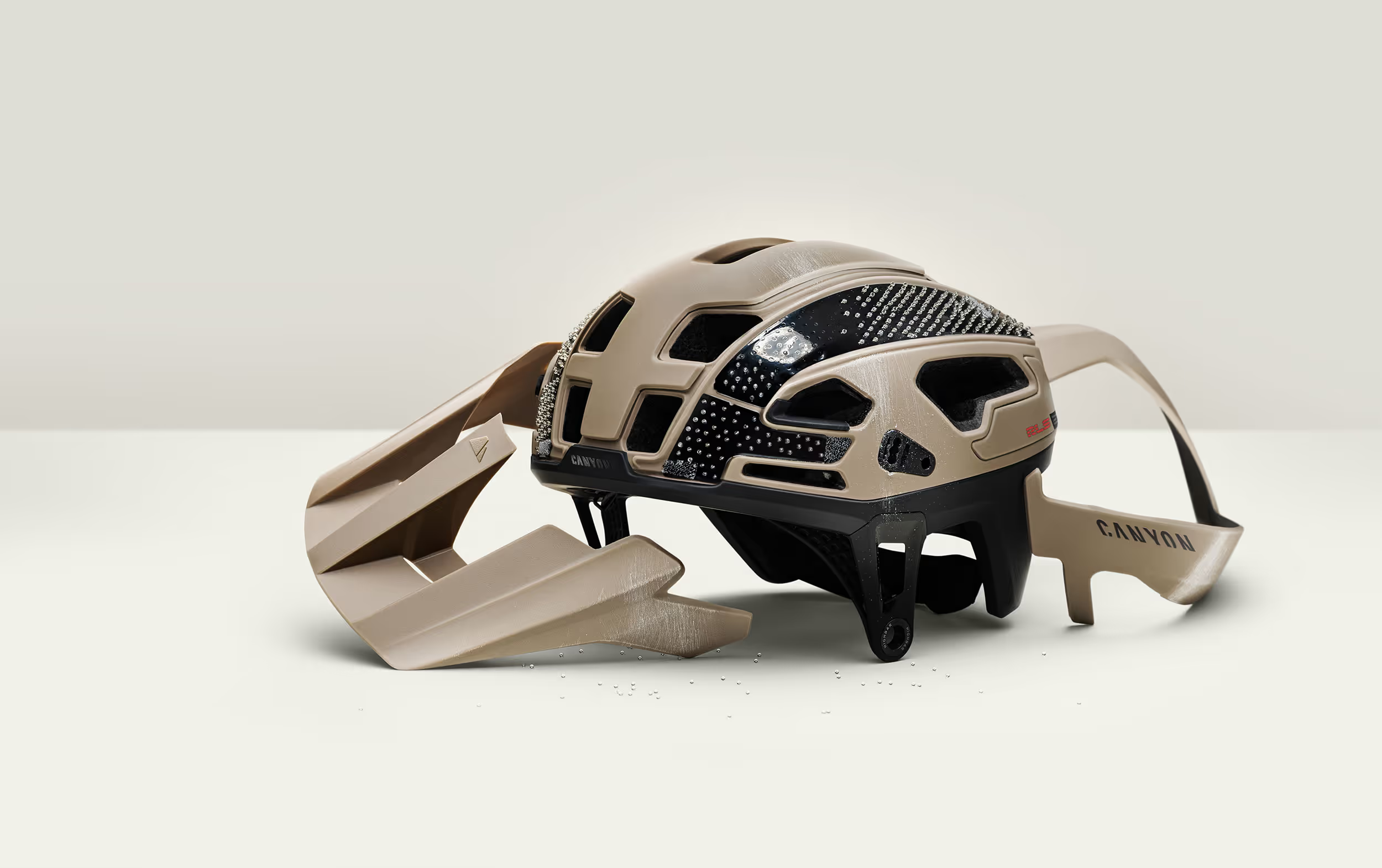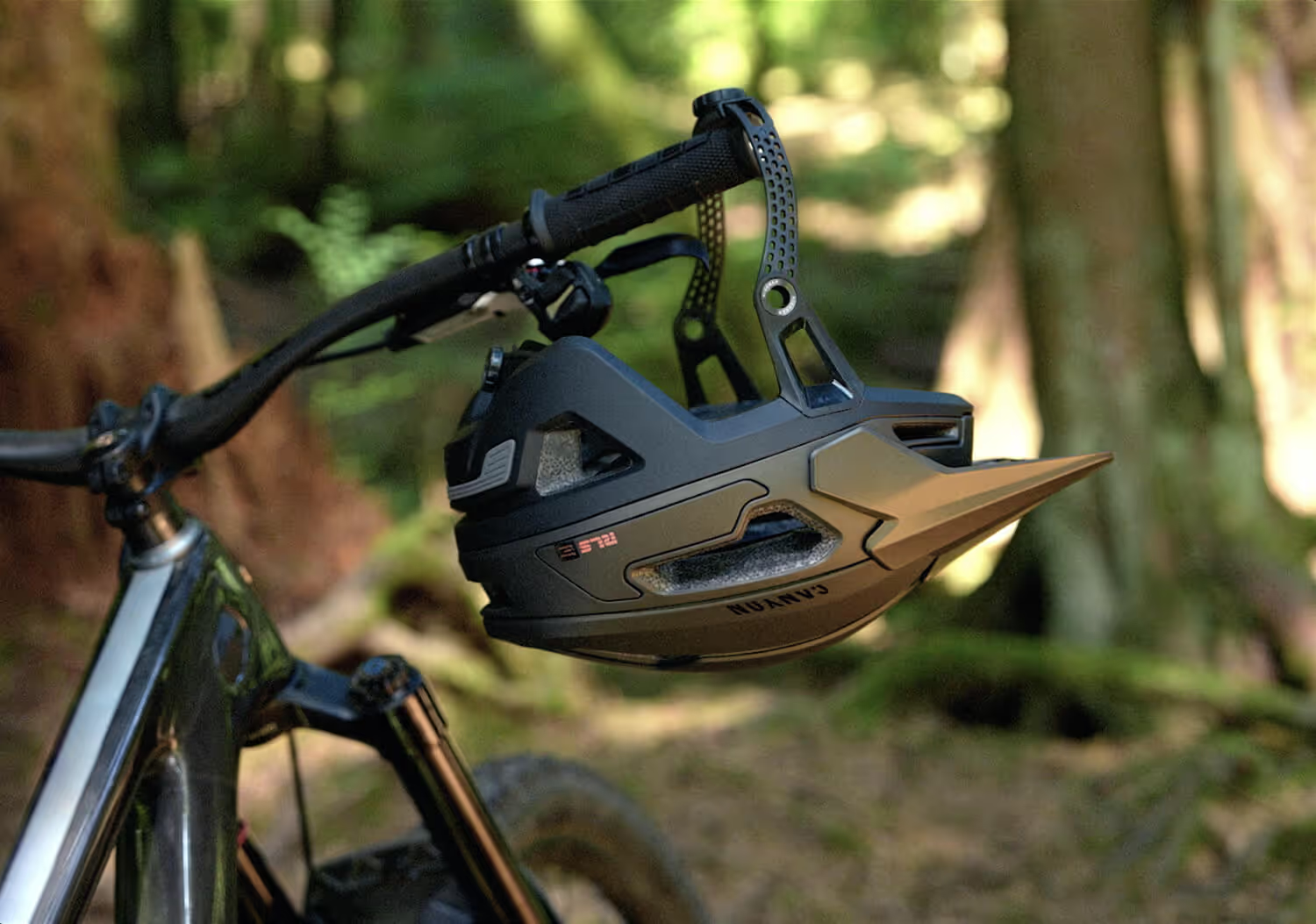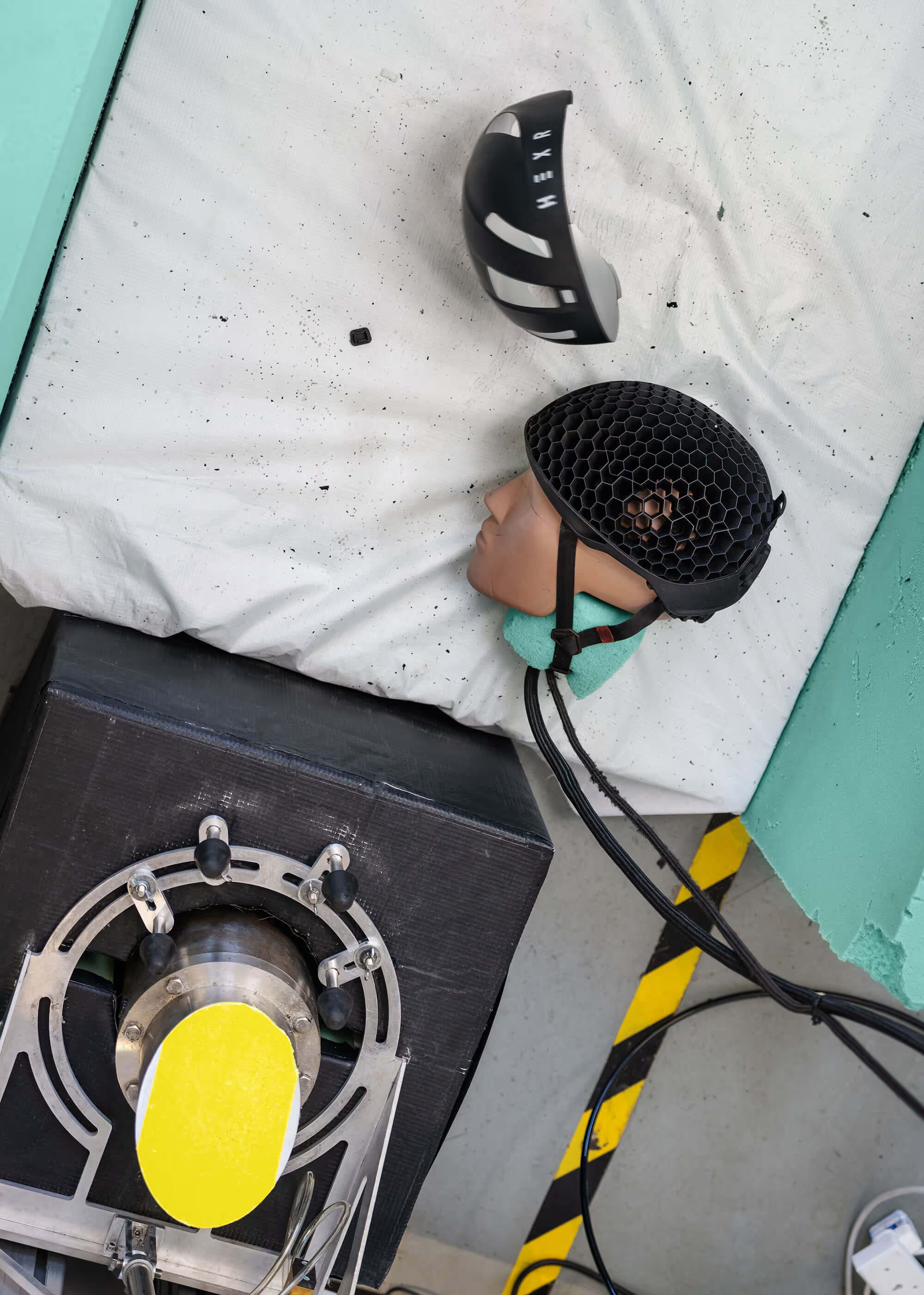



™Introducing RLS.
The world's only Release Layer System.
Proven by independent testing conducted at the University of Strasbourg. See the results.
No Technology
Concussive
Risk
65%
RLS Equipped
Concussive
Risk
15%
Real-life crashes happen however they happen, but they almost always involve impact at an angle. The “angled-anvil” drop test shown here is the standard way to measure how well a helmet can dissipate rotational force. Watch this test and you can see how a conventional helmet spins because of the rotational forces that have been created by the angled impact. In comparison, the same helmet with RLS spins much less because of the technology’s remarkable ability to redirect the dangerous rotational energy away from the wearer’s brain.
The genius of RLS
The patented RLS adhesive layer is engineered to react instantaneously to specific impact force, releasing its grip and allowing bearings to roll.
RLS Panel is now free to roll on lightweight polycarbonate bearings in any direction, to redirect rotational energy from the brain.
Panel releases to further dissipate rotational energy, which can help better protect helmet wearers from concussive force.
React
Roll
Release

In a pooled analysis, including 68 different helmets tested by Folksam Insurance between 2019 and 2023, RLS was shown to reduce the relative risk of concussion by 76% compared to conventional helmets tested in this set. RLS was also shown to reduce the relative risk of concussion by 63% when compared to helmets equipped with Mips in this data set.
See the raw data here.

15% TBI Risk
40% TBI Risk
62% TBI Risk

RLS is a robust and intelligent system, but it’s also sensitive. Though RLS release panels are designed to react, roll and release only when concussive force is detected, it’s a good idea to handle the helmet with care when you’re off the bike. Remember to put it in a bag when not in use – and use a little more care not to snag or pry up the edges of the release panels – and you should have no issues.
RLS is tested to temperature extremes of +50° to -20° Celsius. Meaning it works in virtually any weather, even if you’re crazy enough to ride in the middle of the day in the Sonoran Desert. Or ride during a monsoon. Or choose to keep it in your refrigerator (which would be weird, but hey, to each their own).
+50º C
-20º C

RLS technology is invisible and imperceptible to the helmet wearer. It’s concealed under the outer surface, ready when needed. No additional plastic layers and elastomers on the inside of the helmet competing for space, pulling your hair, making annoying noises or impeding cool air flow.


We were coming out of Oxford, fired up beyond belief, practically living in the test lab and working hard to redefine how protective a helmet could be. One day during testing, something unexpected happened. Accident? Or fate? We know this much: It changed our entire course.

Learn more
Get the full RLS story